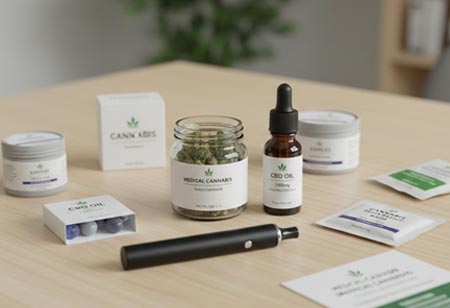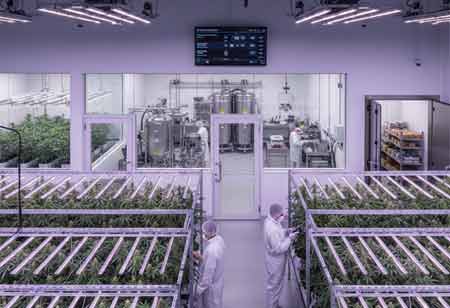Thank you for Subscribing to Cannabis Business Insights Weekly Brief
Recent Innovations in Cannabis Extraction Technologies and Methods
Advancements in supercritical CO2, solventless methods, and ethanol extraction improve cannabis yield, purity, and sustainability while preserving flavor.

By
Cannabis Business Insights | Monday, October 06, 2025
Stay ahead of the industry with exclusive feature stories on the top companies, expert insights and the latest news delivered straight to your inbox. Subscribe today.
Fremont, CA: Cannabis extraction technologies have evolved significantly, with advancements in supercritical CO2, solventless techniques, and ethanol extraction driving higher yields and product purity.
Supercritical CO2 extraction has been a gold standard in the cannabis industry for several years, mainly due to its ability to yield high-purity concentrates without leaving harmful residues. Using CO2 in a supercritical state, which behaves like a liquid and a gas, efficiently removes cannabinoids and terpenes from the plant material.
Modern CO2 extraction systems are designed with improved temperature and pressure control, enabling operators to optimize the extraction of desired compounds while minimizing unwanted elements such as chlorophyll. Closed-loop systems, which prevent the release of CO2 into the environment, are now more widely used, enhancing safety and reducing environmental impact. Hybrid systems integrating CO2 extraction with ethanol in a two-stage process have become more common.
Solventless extraction methods, including ice water extraction, dry sifting, and rosin pressing, have gained popularity for their focus on purity and retaining the full spectrum of cannabinoids and terpenes. These methods do not rely on chemical solvents, making them attractive to consumers who prefer a more natural and chemical-free product.
Recent innovations in solventless extraction technologies have made these methods more efficient and accessible. For example, advanced ice water extraction systems, like the bubble hash machine, now feature enhanced filtration meshes that better isolate individual cannabinoids and terpenes, leading to higher-quality hash. Rosin presses have also evolved, with modern designs incorporating automated controls that precisely adjust temperature and pressure to optimize yields and quality. These computerized systems make the process easier to manage while ensuring consistent results.
Freeze-drying technology has also made its mark, particularly in producing extracts for edibles and tinctures. This method preserves the delicate cannabinoid and terpene profiles by rapidly removing water from the plant material without the need for heat, ensuring the integrity of the extracts.
Ethanol extraction remains one of the most widely used methods in cannabis extraction due to its affordability, efficiency, and scalability. This process involves using ethanol to dissolve cannabinoids and terpenes from cannabis plant material.
Vacuum-assisted ethanol extraction has emerged as a significant innovation, utilizing a vacuum to lower the boiling point of ethanol. This adjustment allows for more efficient extraction while helping preserve the delicate terpenes vital to the flavor and aroma profiles of cannabis products. In addition, cold ethanol extraction has become a popular technique. Chilling the ethanol before it is used in the extraction process reduces the extraction of undesirable compounds, such as chlorophyll, which can negatively impact the flavor and impression of the final product.






